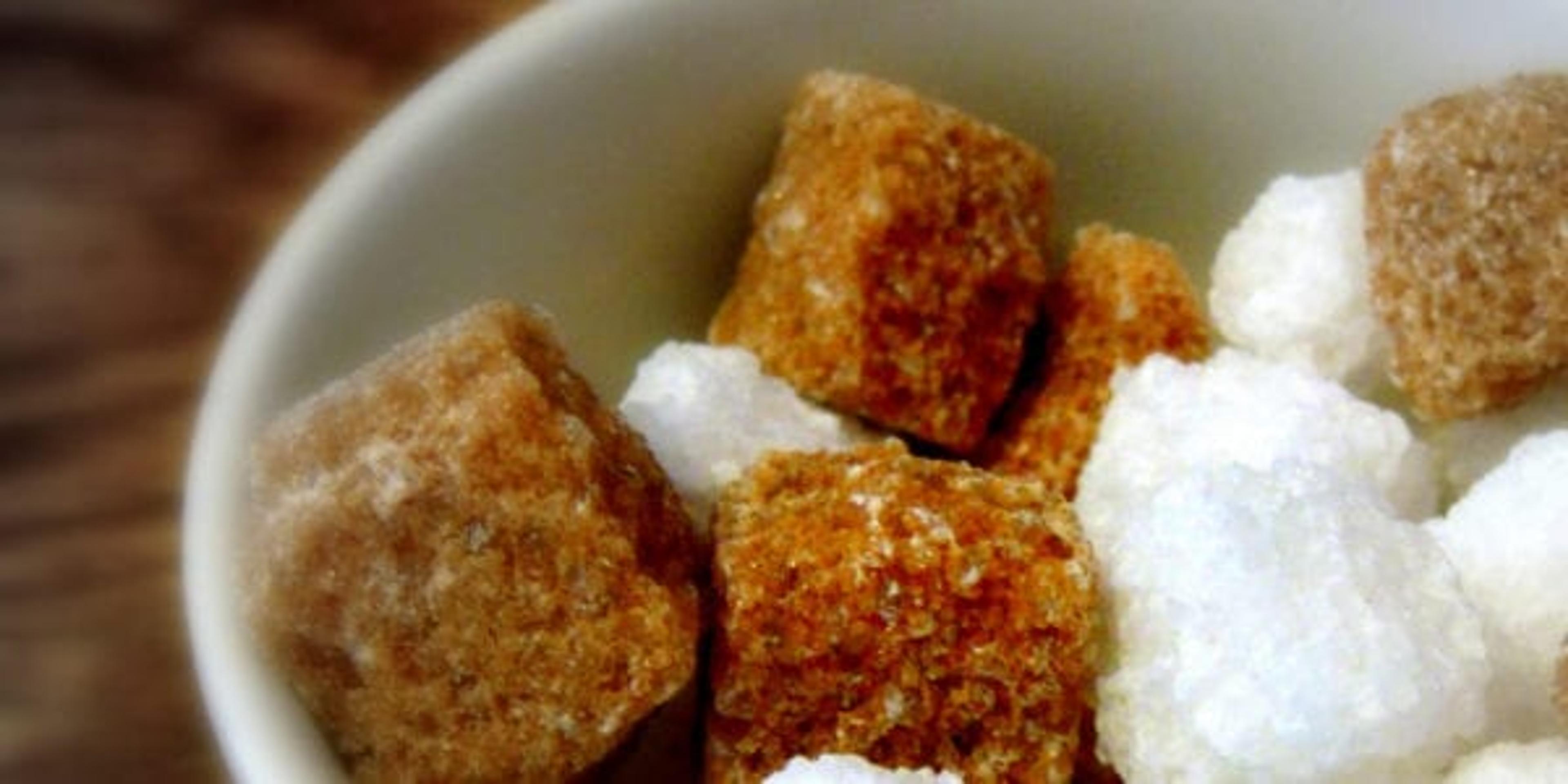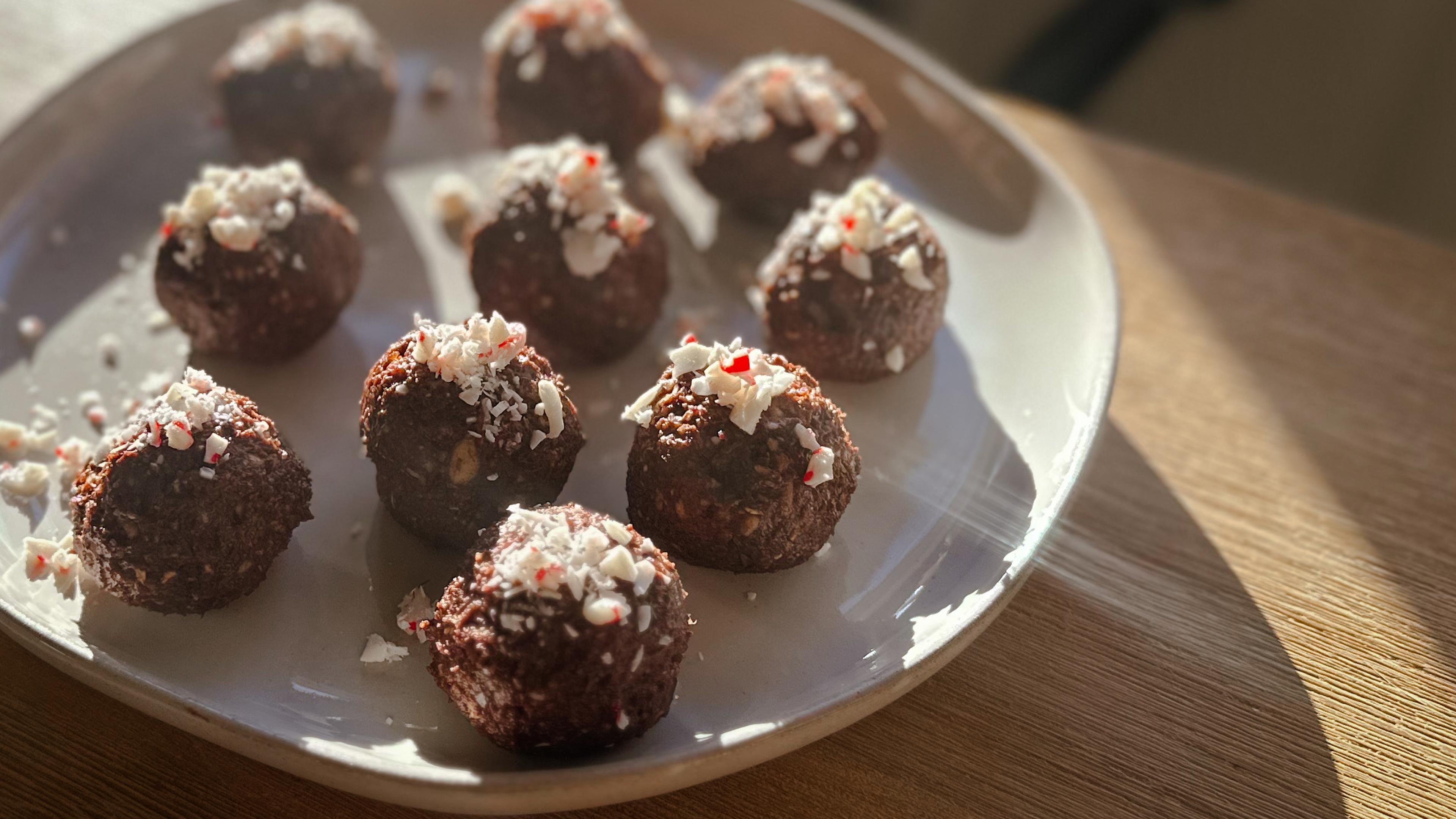Do You Know the New Guidelines for Eating Sugar?
| 3 min read

With weight loss resolutions in full swing, you may be obsessing over calorie counts or figuring out how to remove carbohydrates from your diet, but there’s something else you should keep an eye on: added sugar. If you follow health news, you might have noticed that new dietary guidelines were released urging Americans to consume less sugar. The updated rules state that to improve your overall health and help with weight loss, you should consume less than 50 grams of added sugar a day (to put that into context, a can of soda has nearly 40 grams).
According to Mayo Clinic, Americans typically exceed these recommendations, to the point where 13 percent of calories come from added sugar (unlike naturally occurring sugars in fruit, added sugars are in the form of sweeteners and syrups added to foods during processing). While you commonly see these added sugars in desserts, sodas and sweet cereals, you may be surprised by other foods and drinks they’re in. Since cutting down on added sugars can be complicated, here are a few ways to reduce your intake:
- Compare food labels. When you’re grocery shopping, find the product with the lowest amount of added sugar. They will be listed as ingredients ending in “ose”, like maltose or sucrose. Other names that really mean sugar are high fructose corn syrup, molasses, cane sugar, corn sweetener, raw sugar, syrup, honey or fruit juice concentrates.
- Drink smart. Soda isn’t the only beverage packed with sugar. You’ll also find lots of sweeteners in bottled iced teas, coffee drinks and other store-bought drinks. Water or plain iced teas are your best bet when choosing to hydrate. It’s important not to be fooled by diet soda, either. Even though it doesn’t have sugar, it doesn’t result in weight loss and could negatively impact your health.
- Replace sugar with spice. Ginger, nutmeg and cinnamon are just a few of the spices you can use to replace sugar but still add flavor to your meals. For example, cinnamon can be added to foods like oatmeal and yogurt instead of brown sugar or honey.
- Bake with a few tweaks. If you’re preparing homemade cakes or cookies, try cutting the sugar measurements by one-third or one-half. You usually won’t even notice the difference!
- Go natural. Swap out processed sugars for natural options like maple syrup, coconut sugar and apples. The more you remove processed sugar from your food, the more natural sugars will satisfy your cravings.
- Be realistic. Saying you’re going to completely cut sugar out of your diet isn’t realistic, so start small. For instance, say you normally add three sugar packets to your coffee in the morning. Try cutting down to two one week, then one the next, and eventually going with just milk.
Cutting down on how much sugar you consume is also important for children. A recent study shows kids’ health was improved after just 10 days with reduced sugar. The researchers found that cutting processed sugar from kids’ diets resulted in lower blood sugar, blood pressure and cholesterol.
For more information on sugar’s impact on your health, check out these other blogs:
Photo credit: Kurtis Garbutt





